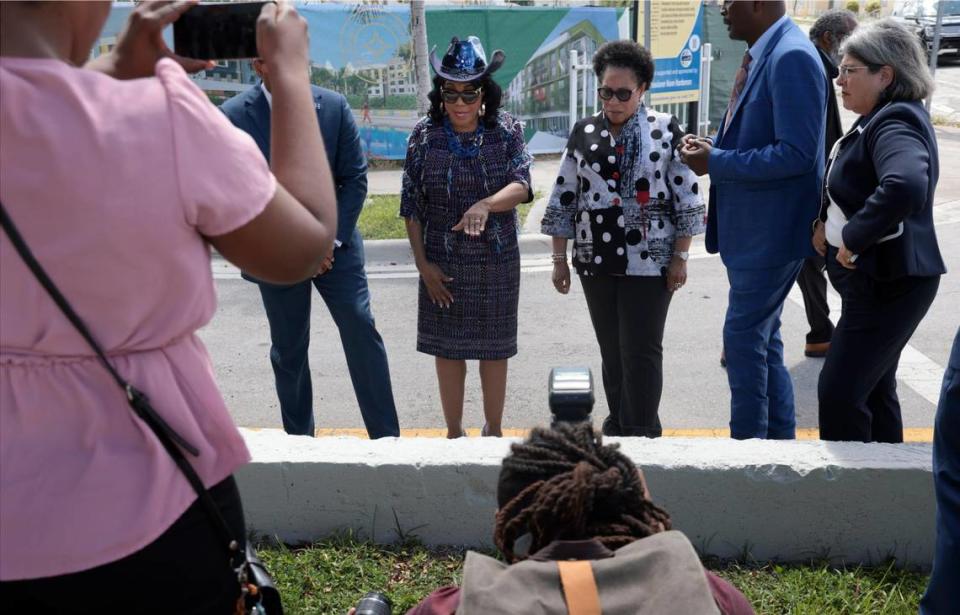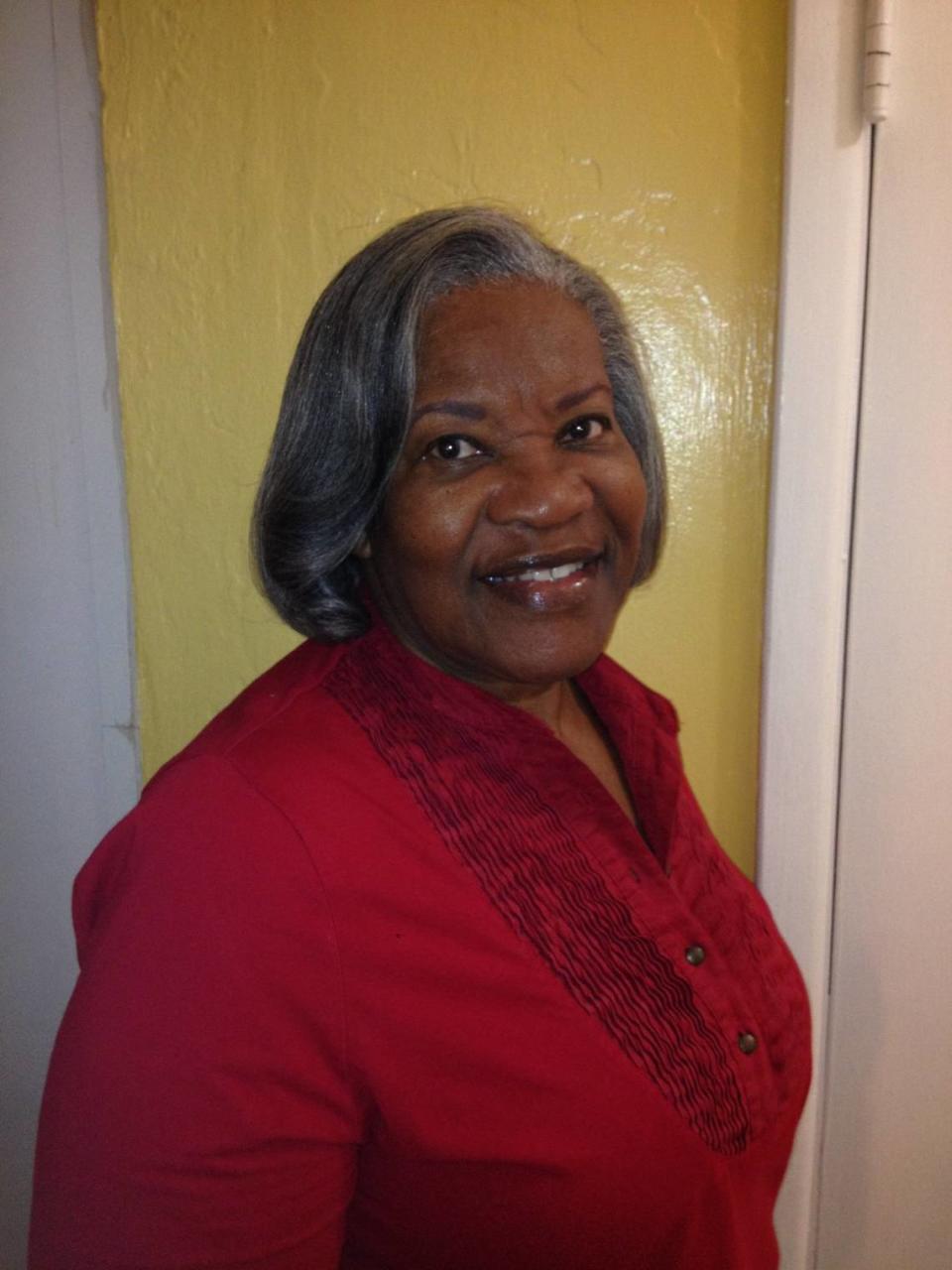How South Miami transformed a dividing wall from Jim Crow era into a unifying force
When I think of the things that we human beings use to divide us, one thing comes to mind: “The WalI.”
The Wall was erected in the late 1930s to divide the white community on the east side of Northwest 12th Avenue from the “Coloreds,” who lived on the west side of the avenue. It ran from Northwest 62nd Street north to Northwest 67th Street.
A part of my growing-up years were spent living in the Liberty Square Housing Project, west of The Wall, an 8-foot structure that constantly reminded us Blacks where our “place” was.
When I was growing up, I didn’t know there was another wall that separated the white and Black communities, this one in South Miami.
It was the shame of segregation that helped to demolish The Wall in my neighborhood. And while the wall in South Miami, once was a wall of shame, today it is known as the Wall of Unity.
It was after George Floyd’s murder by a Minneapolis white police officer in 2020, that six women in South Dade — three whites and three Blacks — came together to do something to bridge their communities, Anna Price, a former mayor of South Miami, told me. In addition to Price, who holds a doctorate in higher education administration from the University of Miami, the other women were Michelle Readon, Gray Read, Dale Andree, Gail Alexander and Annick Sternberg.
“We thought it would be a good idea to use the wall that had separated our communities for way too long, and still existed, to help bring about a sense of unity,” Price said. The wall stretches along Southwest 64th Street and curves around a corner to include a part of Southwest 62nd Avenue, she added.
“Once the women started coming together in meetings, in response to the divisions in the country, deep friendships were formed, and the Unity Wall is one of the exciting outcomes of their commitment to one another and to South Miami,” Price said.
South Miami wall transformed
So instead of demolishing the wall that once separated a community, the women decided to learn more about their community and the people who live there. They conducted interviews with longtime residents of the historic Black community and did research on the buildings, led by Read, an architecture professor at Florida International University.
A final design was presented by Alexander, retired magnet art lead teacher at Allapattah Middle School, and the work to transform a wall of segregation into a wall of unity, began. The mural on the wall features Marshall Williamson, known as the “Little Mayor,” and Black-owned businesses that used to be on Southwest 59th Place, Price said.
Like me, Sarah Tompkins knows what it is like to have lived behind a wall that was built to separate communities. She was born on Southwest 59th Place in South Miami, 77 years ago. She remembers how her mother had to walk two-and-a half miles to and from work as a maid behind the wall.
“And she had to be from behind that wall, back into her community, before dark,” Tompkins said. “Now, there is a street named for her – the J. B. Mozelle Tompkins Avenue,” Tompkins said proudly. “My mom’s family moved to South Miami when she was 2. She never lived anywhere else. She died when she was 93. The street where she lived on —59th Place — is named in her honor.”
Tompkins remembers her early childhood years when the neighborhood children used to go for swims in the canal right off Southwest 62nd Street, because there were not public swimming pools for Blacks.
“I can still remember my mom walking from 59th Place and 64th Street, past 67th to the house where she worked,” Tompkins said. “When developers started building homes near the canal, they put up a wall to separate the ‘Colored’ — that’s what we were called back then — and the white communities. I was a little girl, but I remember when they were building the wall. It was in the late 50s and it was to divide us.
“I couldn’t understand why they put up that wall,” she said.
I understood Tompkins’ bewilderment of the dividing wall. Growing up in the projects, we youngsters knew without being told that we were never to go beyond The Wall. But we didn’t let the menacing concrete monster scare us. We used it as a landmark when directing our visiting friends to where we lived: “I live a block and a half on the west side of The Wall…”, we would tell our friends.
When we started “taking company” and went for walks with our beaus on starry evenings, we knew as we held hands, strolling slowly along in the moonlight, that we couldn’t stroll beyond The Wall. Once we reached The Wall, we made an about-face and headed back west to our homes. We knew that as we held hands and went walking on those starry nights, the dark blob of The Wall would be there.
On Feb. 17, the citizens of South Miami dedicated their newly named Unity Wall in a public ceremony. The wall that once separated a community now unites it, Price said.
There was no such ceremony for The Wall in Liberty City. It simply started coming down, one concrete block at a time, after Blacks started moving into the Scott Manor Apartment complex on the east side of 12th Avenue in the early 1950s. Today, there is still a remnant of the wall alongside Northwest 12th Avenue in Liberty City.

But as I look back, I wish someone would have thought to make it a Unity Wall.


